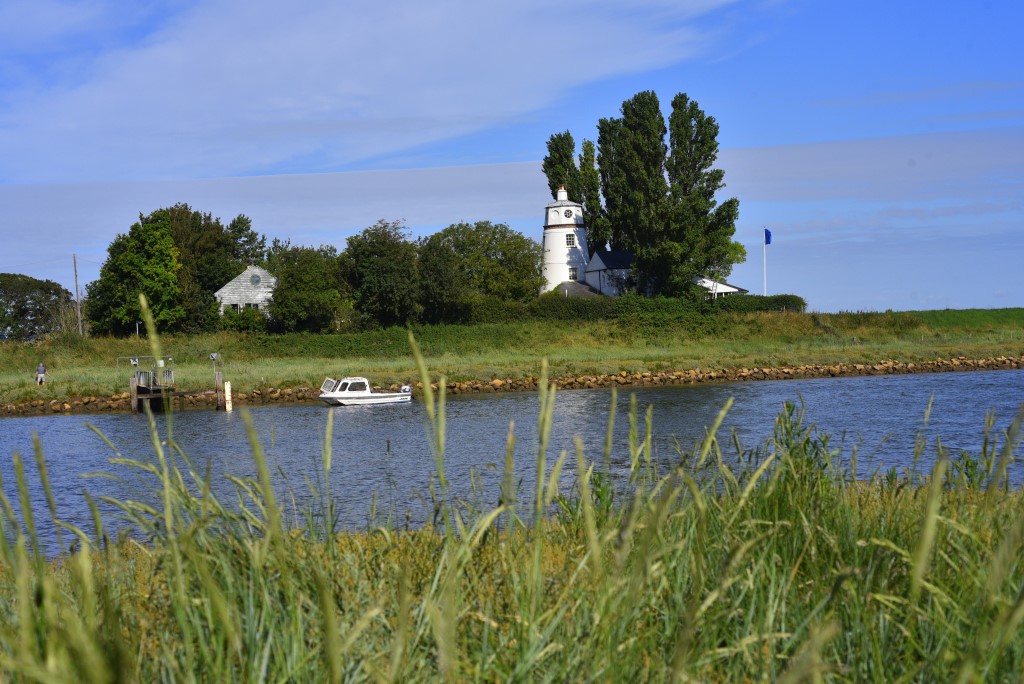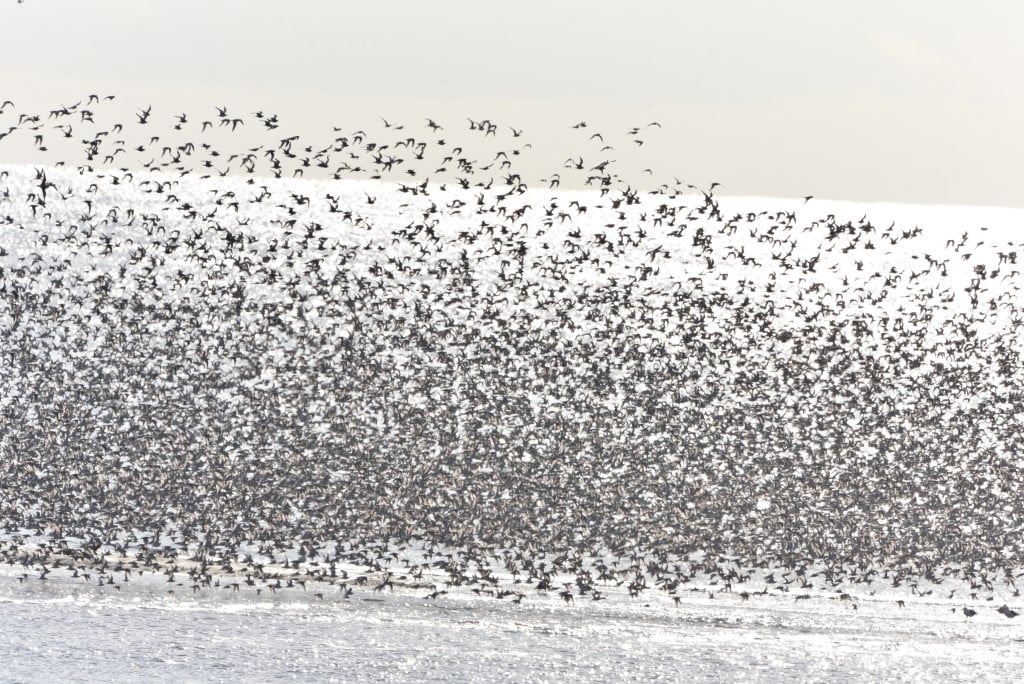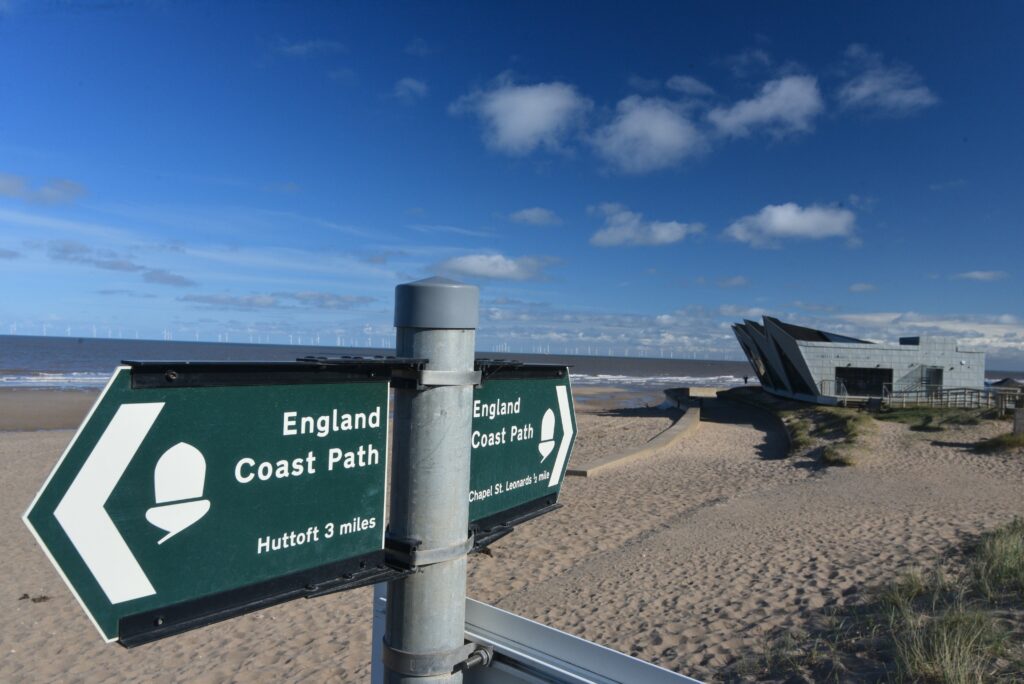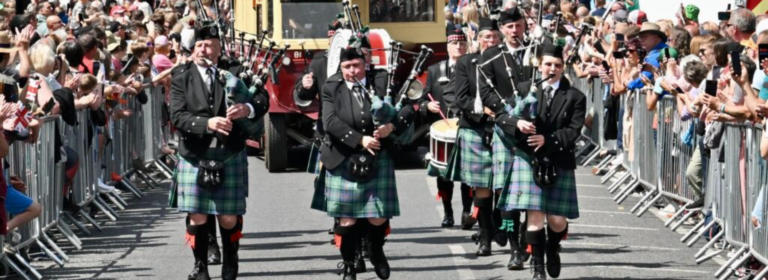At 2,700 miles, when complete the King Charles III England Coast Path will be the longest coastal walk route in the world and will encircle the entire English coastline. The Lincolnshire section of 124 miles will run from the Humber Bridge to Sutton Bridge.
2024 will see a whole series of works that will lead to the completion of the missing sections of the Lincolnshire part of the route. This is going to be a busy year for David Rodger, the new National Trails Officer for the Lincolnshire stretch. David tells me that on getting the job, the first thing he did was walk the full route. Partly to familiarize himself, but also to count up the considerable number of finger posts and kissing gates that he will need to get ordered.

I asked him how he’d found the route and he talked about how surprised he was, on the southern section around The Wash, of the beauty of the landscape with its huge skies. It is traditional to describe flat landscapes as a bit dull, but it has been my aim, after an amazing experience, to get everyone on a boat trip into The Wash. A different and surprising world.


David explained to me some of the challenges he and the team have got. The natural coast of Lincolnshire is a very sensitive landscape, situated as it is on the East Atlantic Migration Flyway, one of the world’s eight migration superhighways. During the year there is a constantly changing variety of birds to see, stopping to refuel or establish their breeding territories. Two particularly sensitive areas are at Gibraltar Point and Donna Nook National Nature Reserves. At both there is a six week window starting in September when the path work can be done without disturbance to breeding birds or seals. Everything is being geared up to deliver during those few weeks. No pressure.
On other paths in Lincolnshire, such as Water Rail Way and Spa Trail, artworks and carved seats add to the individuality of the route. So I was delighted to hear that Sutton Bridge is to see some installations on the Coast Path. Seats carved in larch and a couple of art installations are being prepared and will be installed in the summer between the village centre and the mooring on the River Nene. These are funded by the Sail the Wash project, via the Coastal Communities Fund. Led by Transported Art, a community focused programme, local carving sessions are creating the bespoke features.


